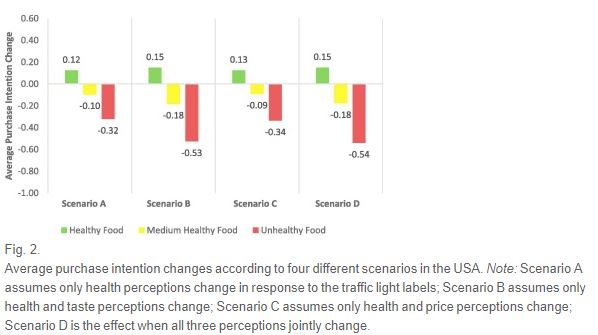Meat and livestock producers are taking notice of the the rising interest in lab-based, cultured, and plant-based "meat." Some of the larger meat packers and producers have chosen to invest in these new start-ups. Other producers, facing the competitive threat, are turning to the legal system. The U.S. Cattlemen's Association (not to be confused with the National Cattlemen's Beef Association) has officially petitioned the USDA to:
“limit the definition of beef to product from cattle born, raised, and harvested in the traditional manner. Specifically, [the USDA Food Safety Inspection Service] should require that any product labeled as “beef” come from cattle that have been born, raised, and harvested in the traditional manner, rather than coming from alternative sources such as a synthetic product from plant, insects, or other non-animal components and any product grown in labs from animal cells. ”
The state of Missouri already passed a similar law (although it has yet to be signed by the governor).
The labeling requests are in keeping with a long list of "standards of identity" whereby the government defines how certain words can be used on food labels and in marketing. The stated purpose of the laws are to protect consumers and to prevent consumers from being misled. In some cases cases, I suspect they standards have done just that. However, in other cases, the rules can be used by incumbent firms to ward off competition from potentially innovative entrants. In one particularly egregious example, a small creamery marketing "natural milk" didn't want to add vitamin A to its milk. However, because the standard of identity say that skim milk contains vitamin A, a judge ruled they must label their milk "imitation skim milk" even though they added literally nothing to the milk (the ruling was later overturned). Another recent example is when Hampton Creek was told they couldn't label their product mayonnaise because it didn't contain eggs. I wrote about that case here, and concluded by saying:
“Ultimately, I think there are good arguments on both sides of this case, and it isn’t obvious what would be the consequences of the unraveling of these sorts of “food purity” laws. Sometimes it’s hard to know when consumer protection becomes protectionism.”
In the case of beef, I am a bit skeptical that consumers will be mislead by the start-up meat alternatives. Why? These aren't generic products being sold by companies trying to water down or adulterate a product with cheaper inputs. These are branded products created by firms whose whole marketing strategy is to tell people their product is NOT beef. Here's a picture I took with my cellphone at a restaurant selling the Impossible Burger, where plain as day its says "Meat from Plants."
Here is an image of package of Beyond Meat. Again, plain as day, it says "Plant-Based Burger."
In neither of the cases above, do the companies claim to be "beef" in the ads or packaging. So, in a lot of ways, I suspect the calls for standards of identity may be much to do about nothing.
Even without the identity standards, it is not as if consumers are totally unprotected. If they are, in fact, misled, the legal system offers possible remedy. As witnessed by the numerous lawsuits over the use of the word "natural," I suspect there are plenty of lawyers out there willing to help a consumer who can show they've experienced damages.







